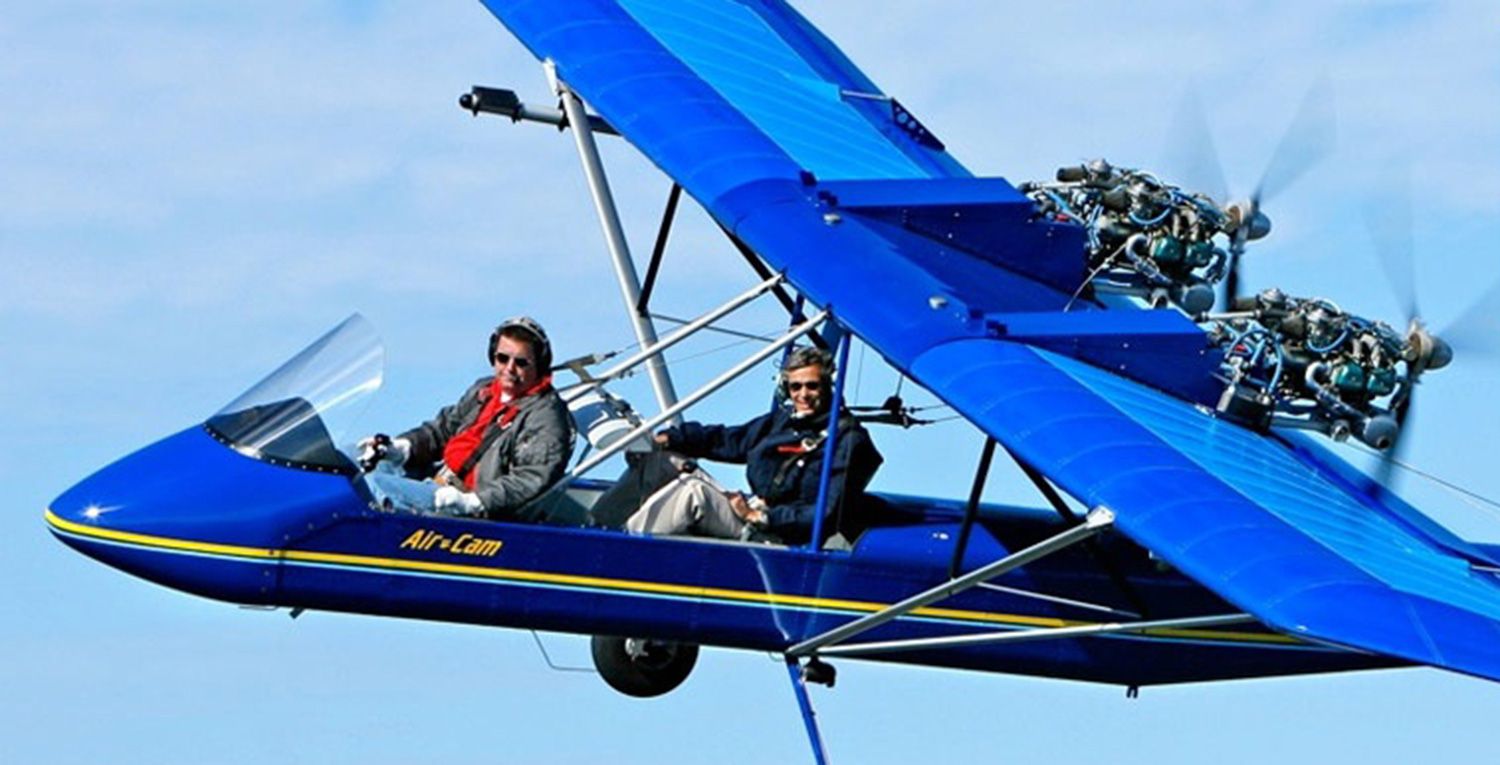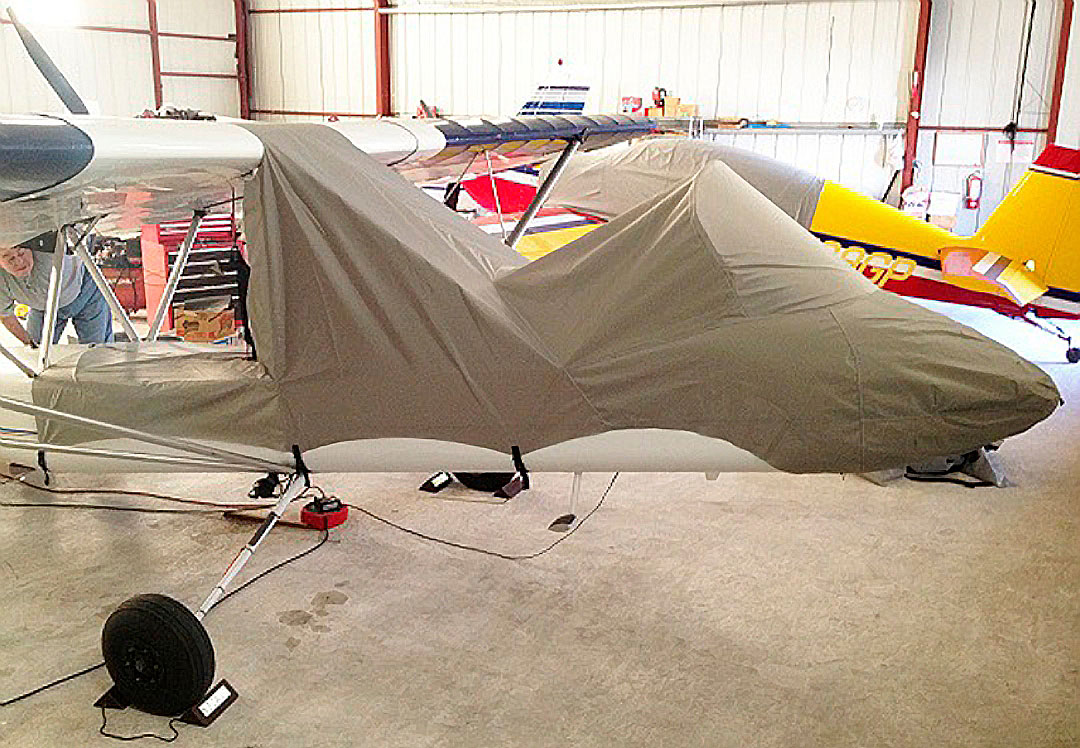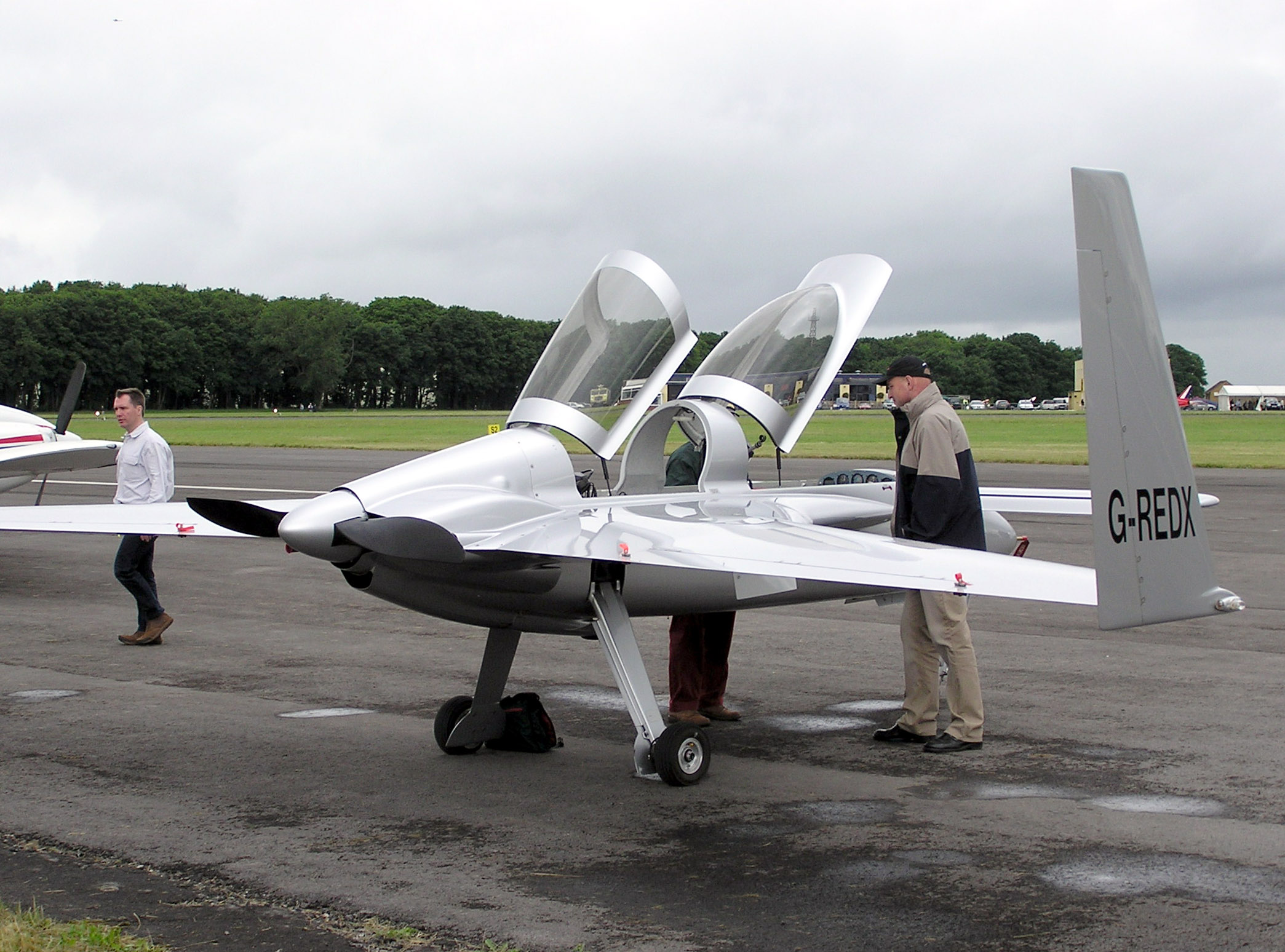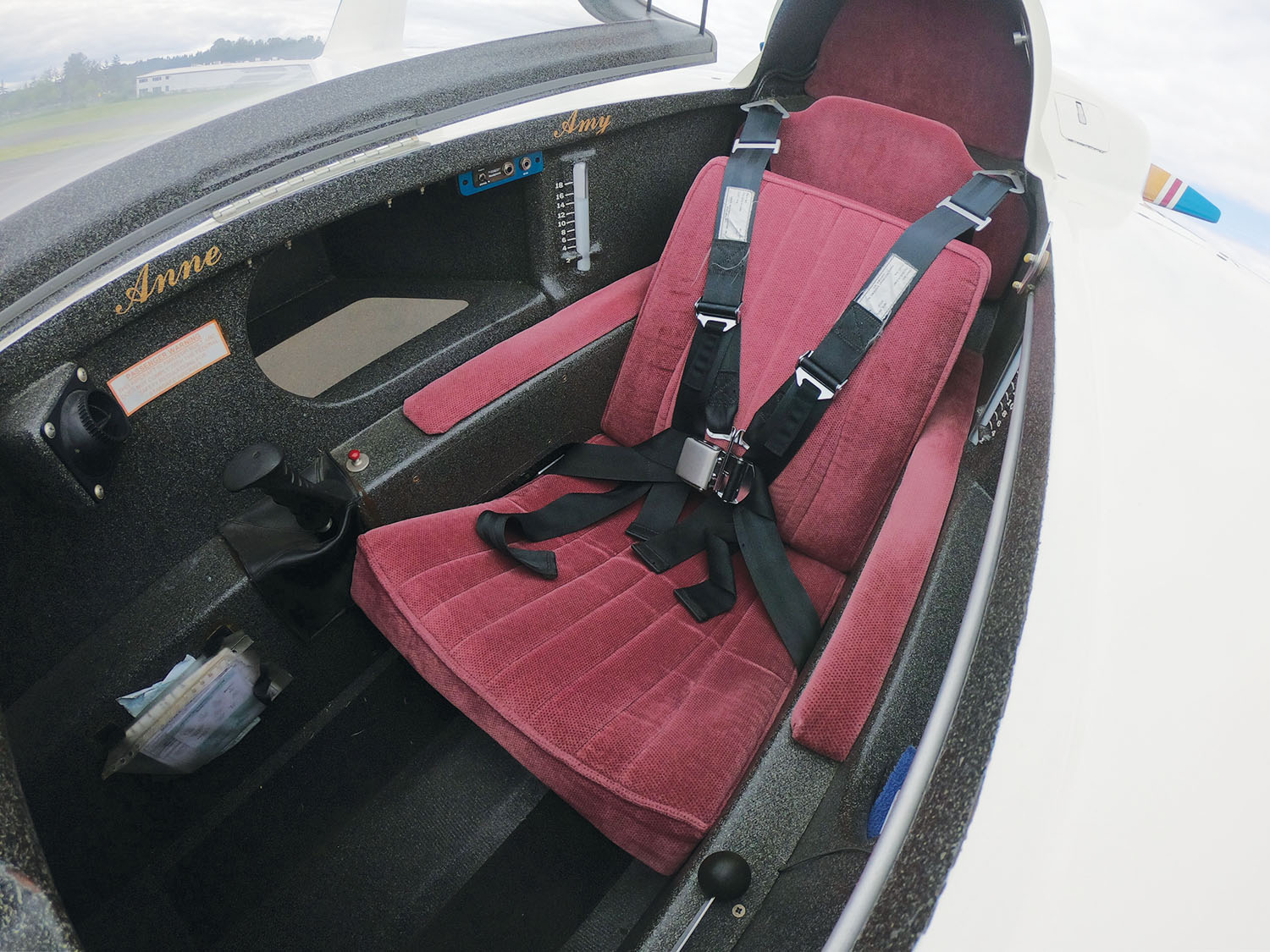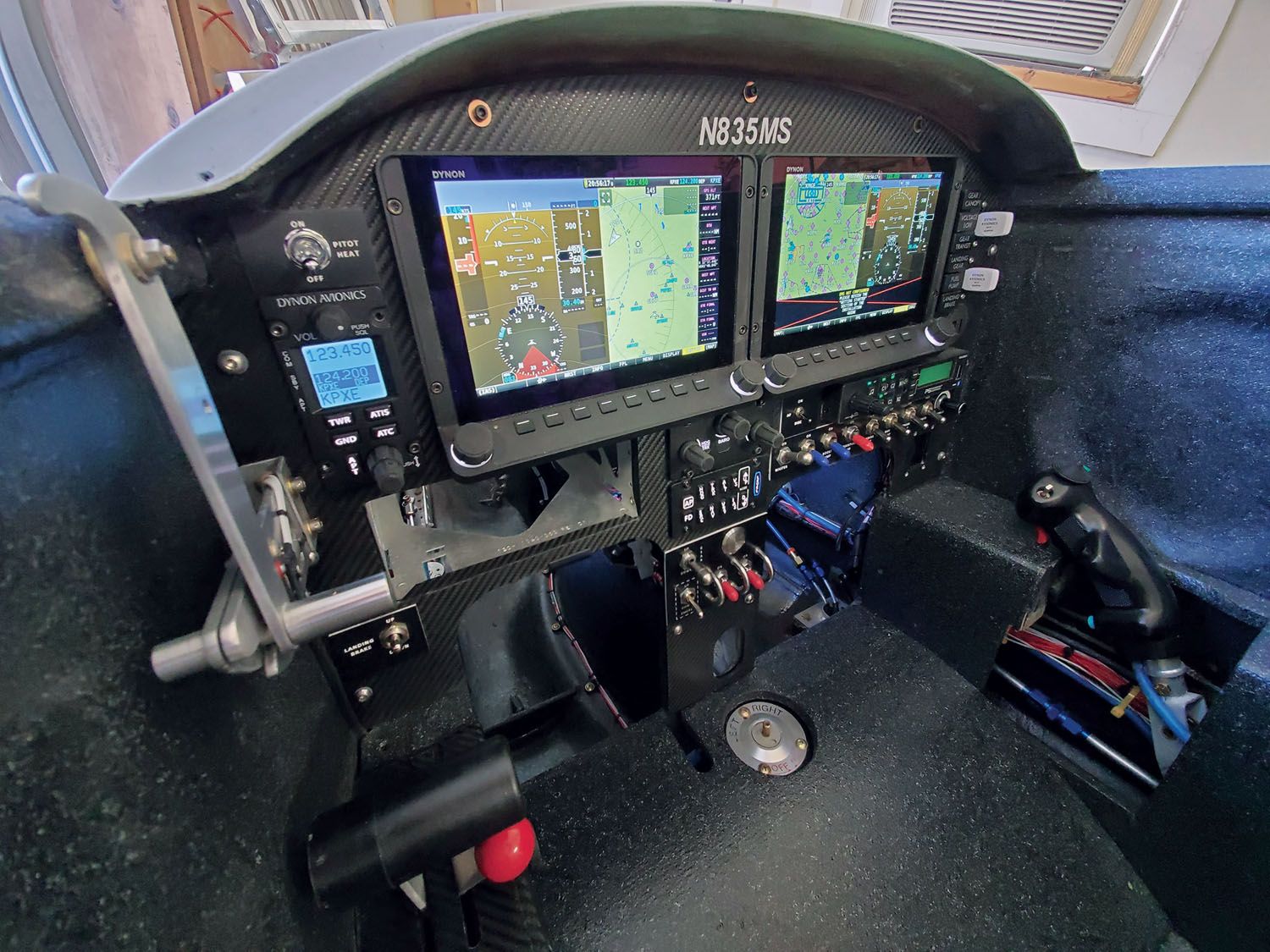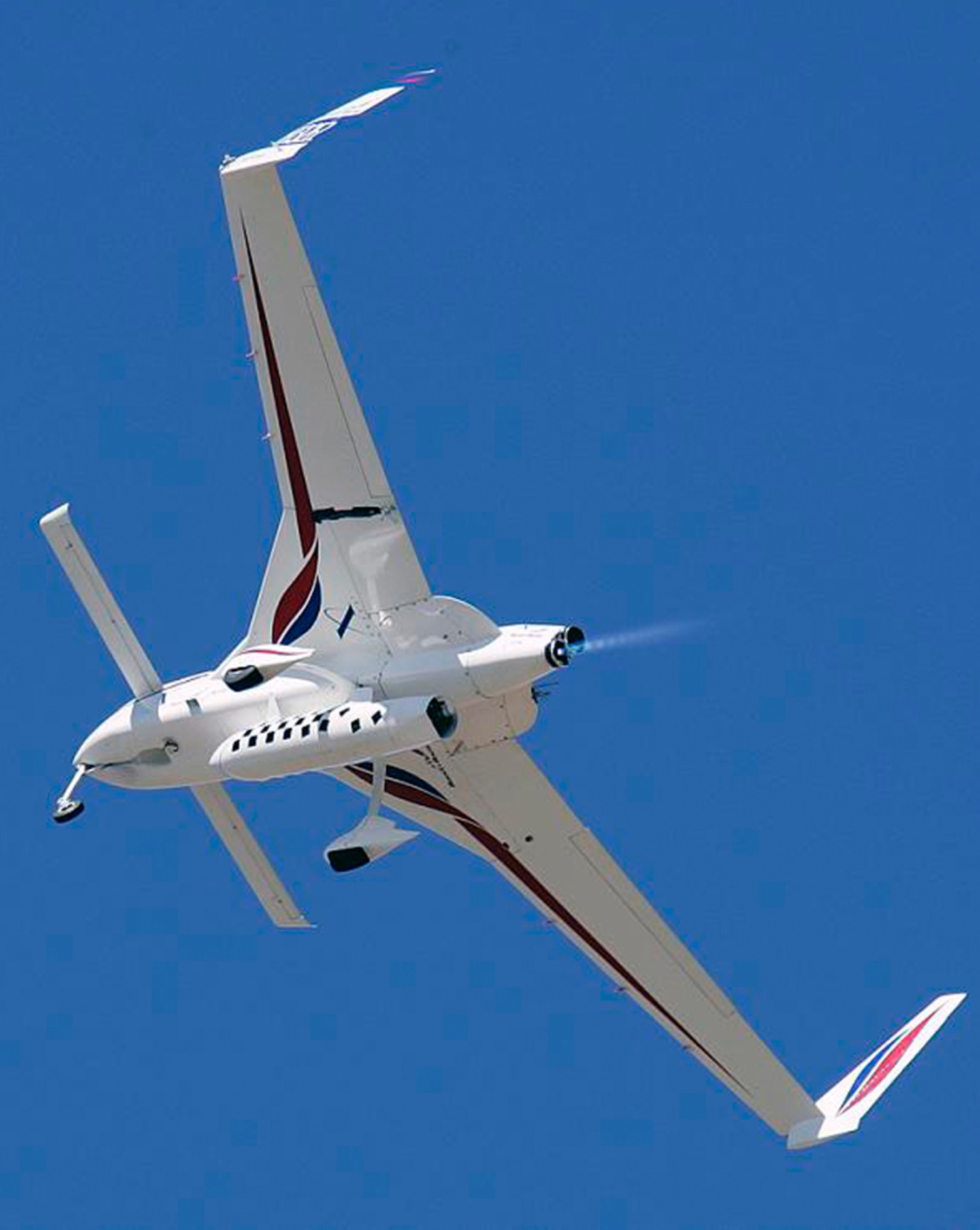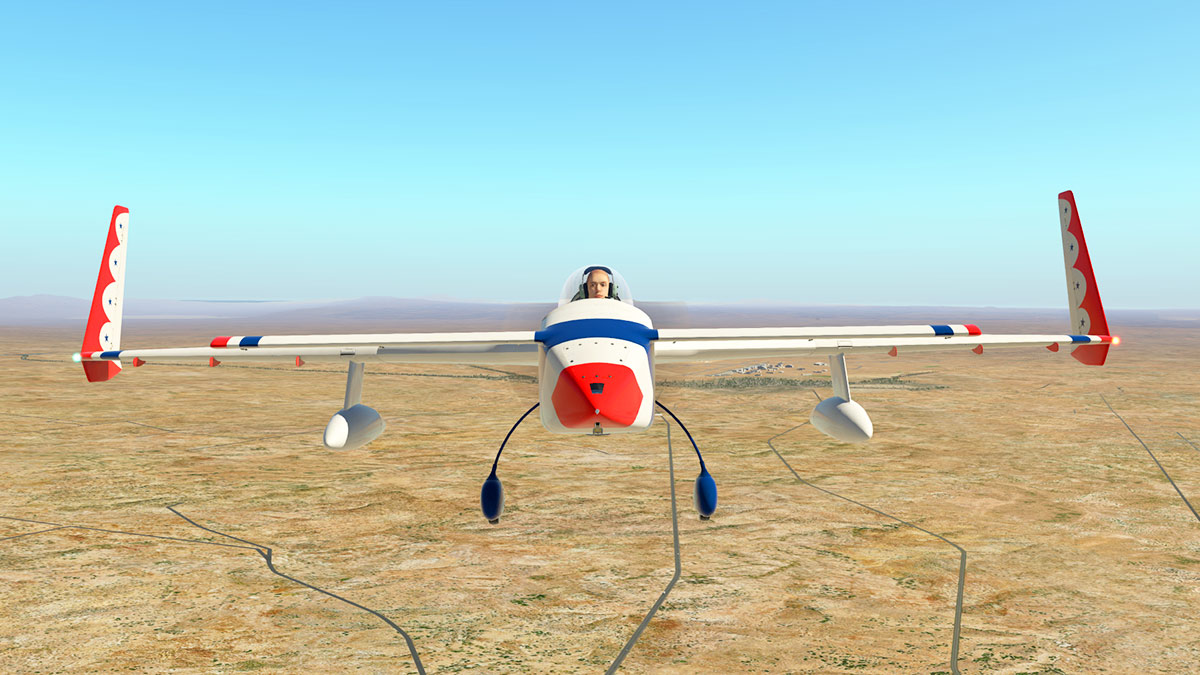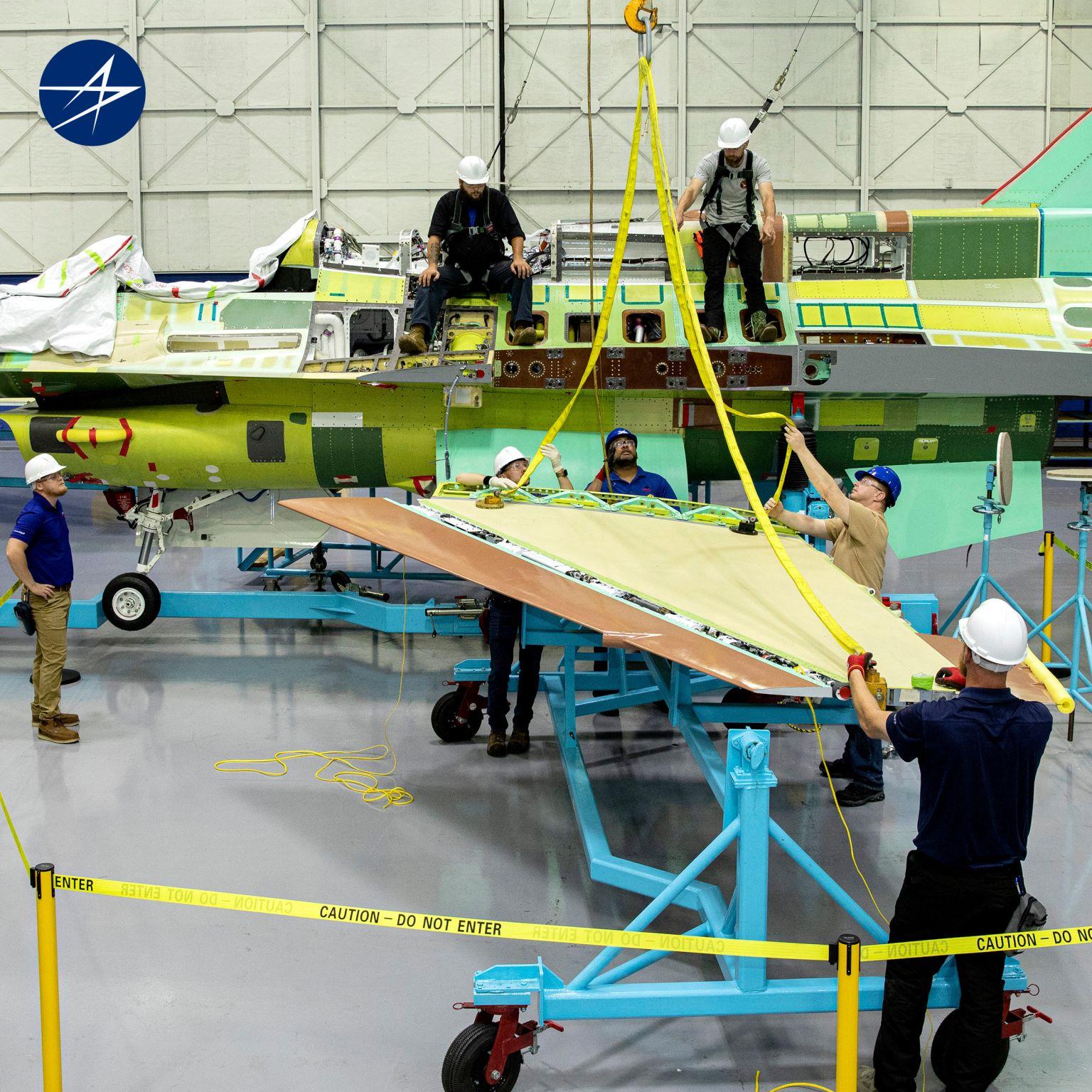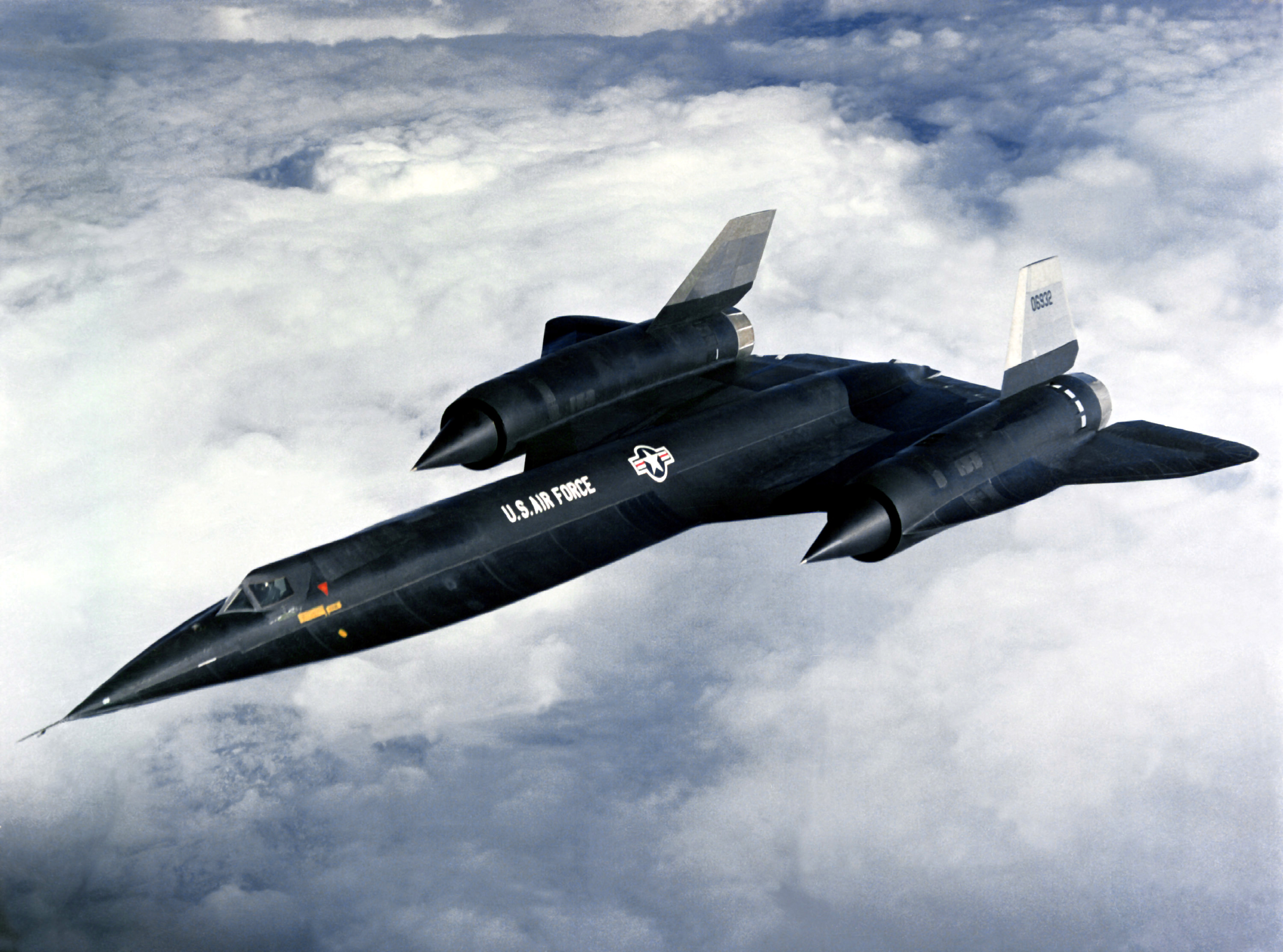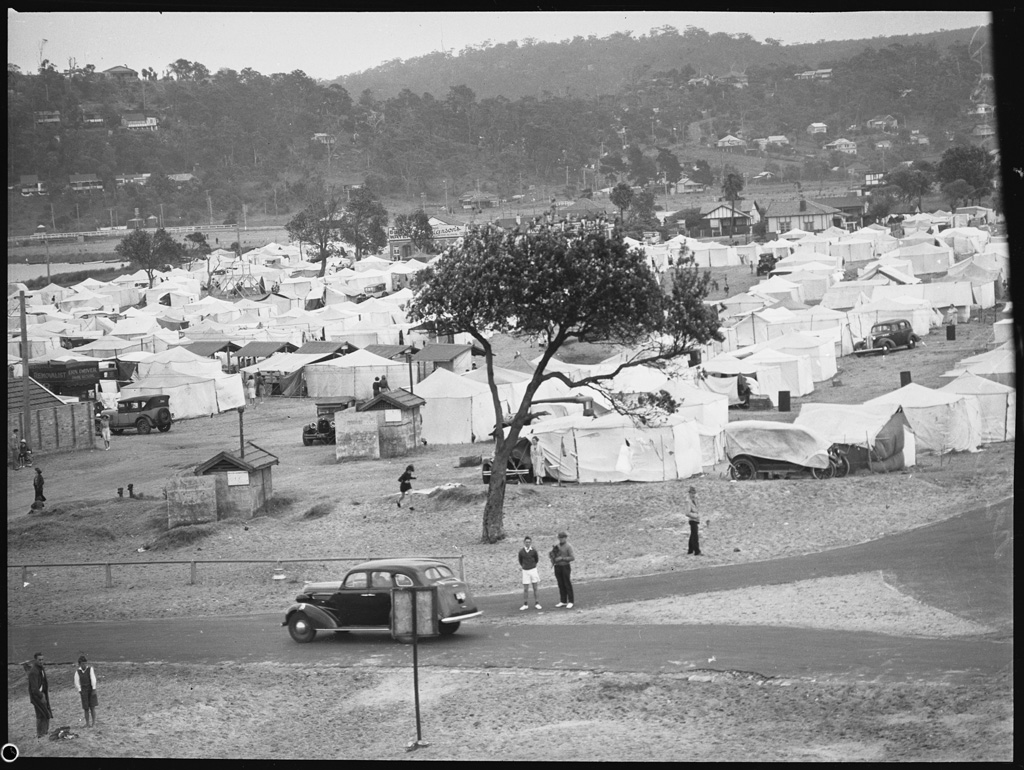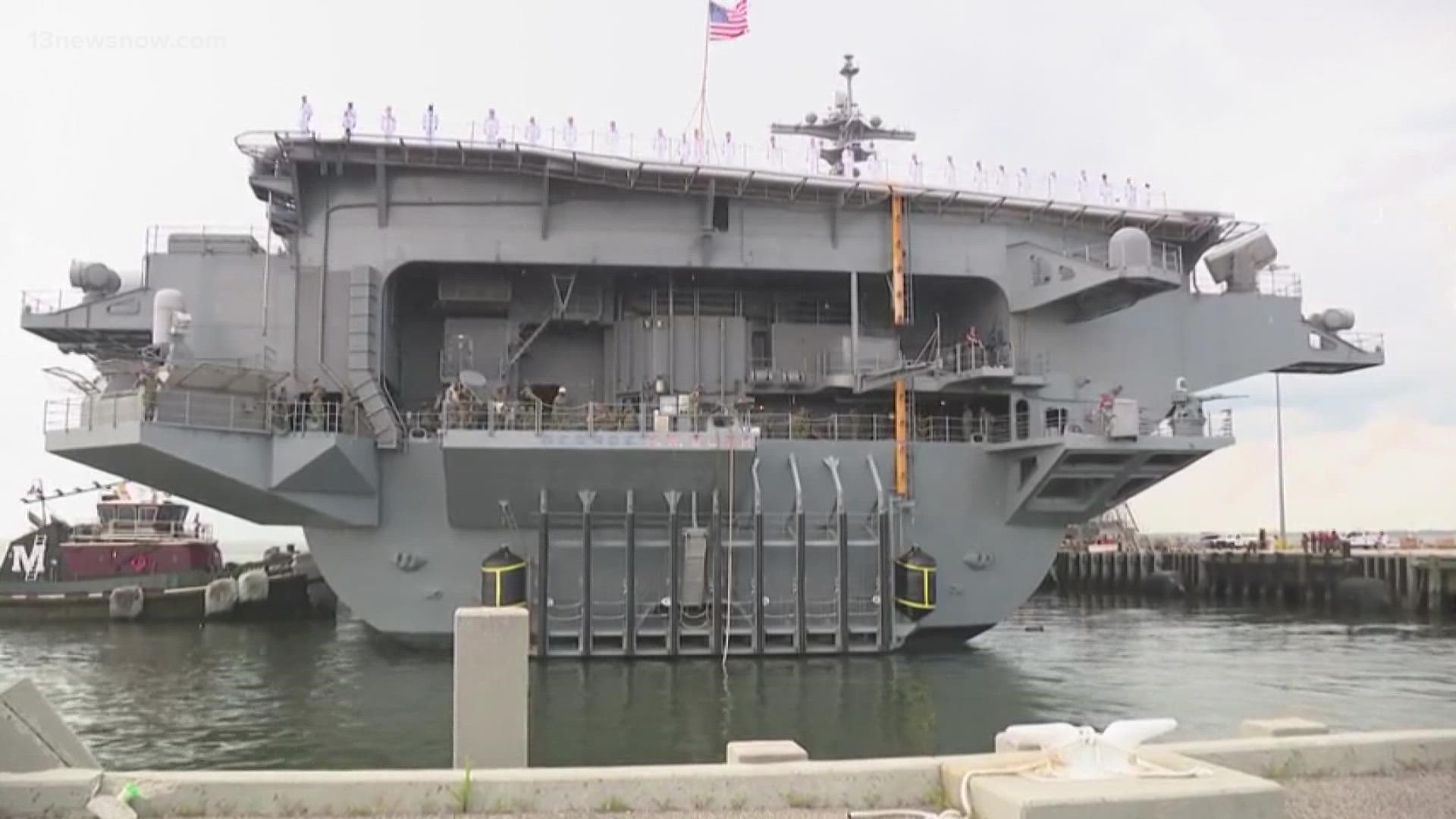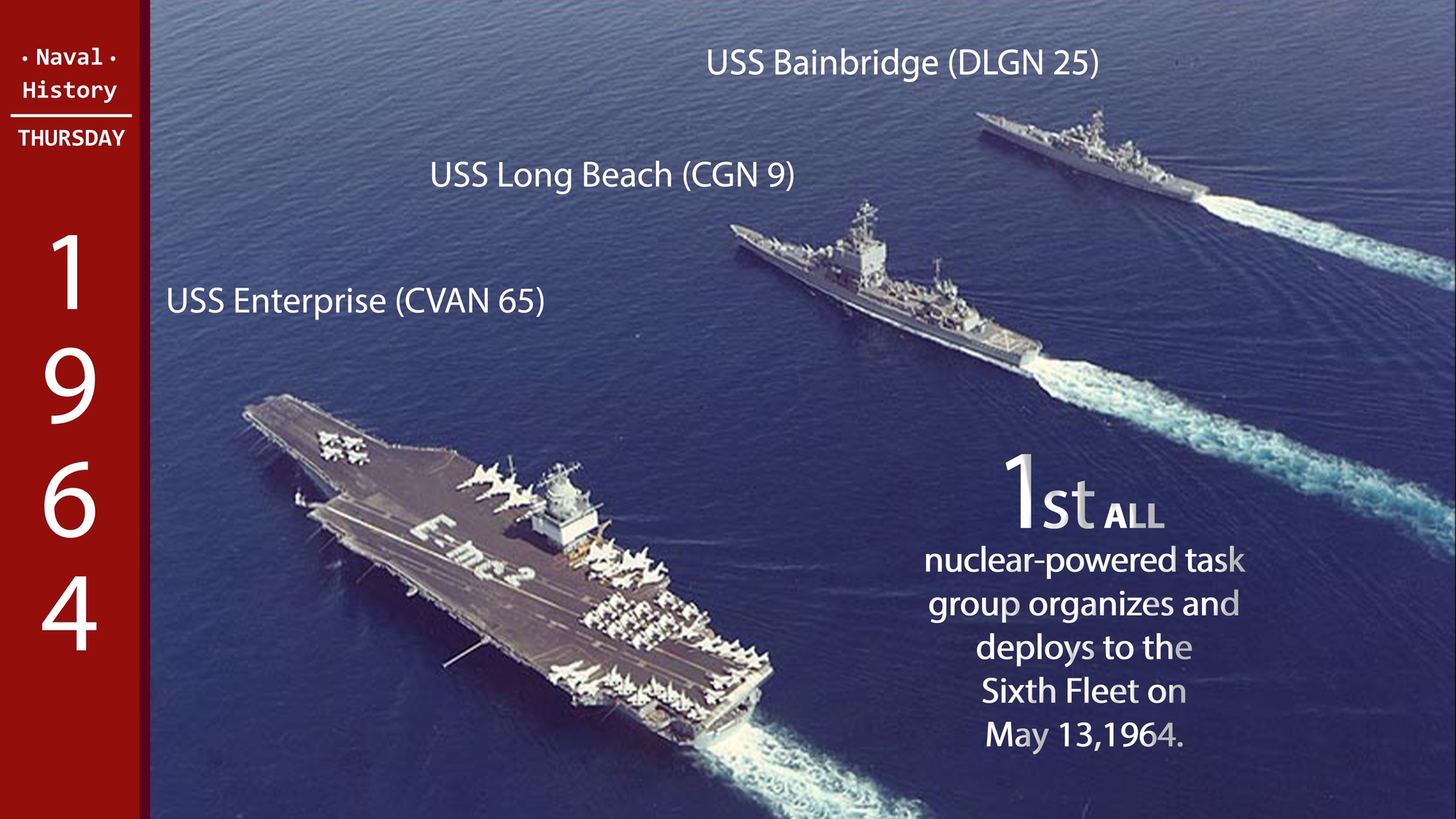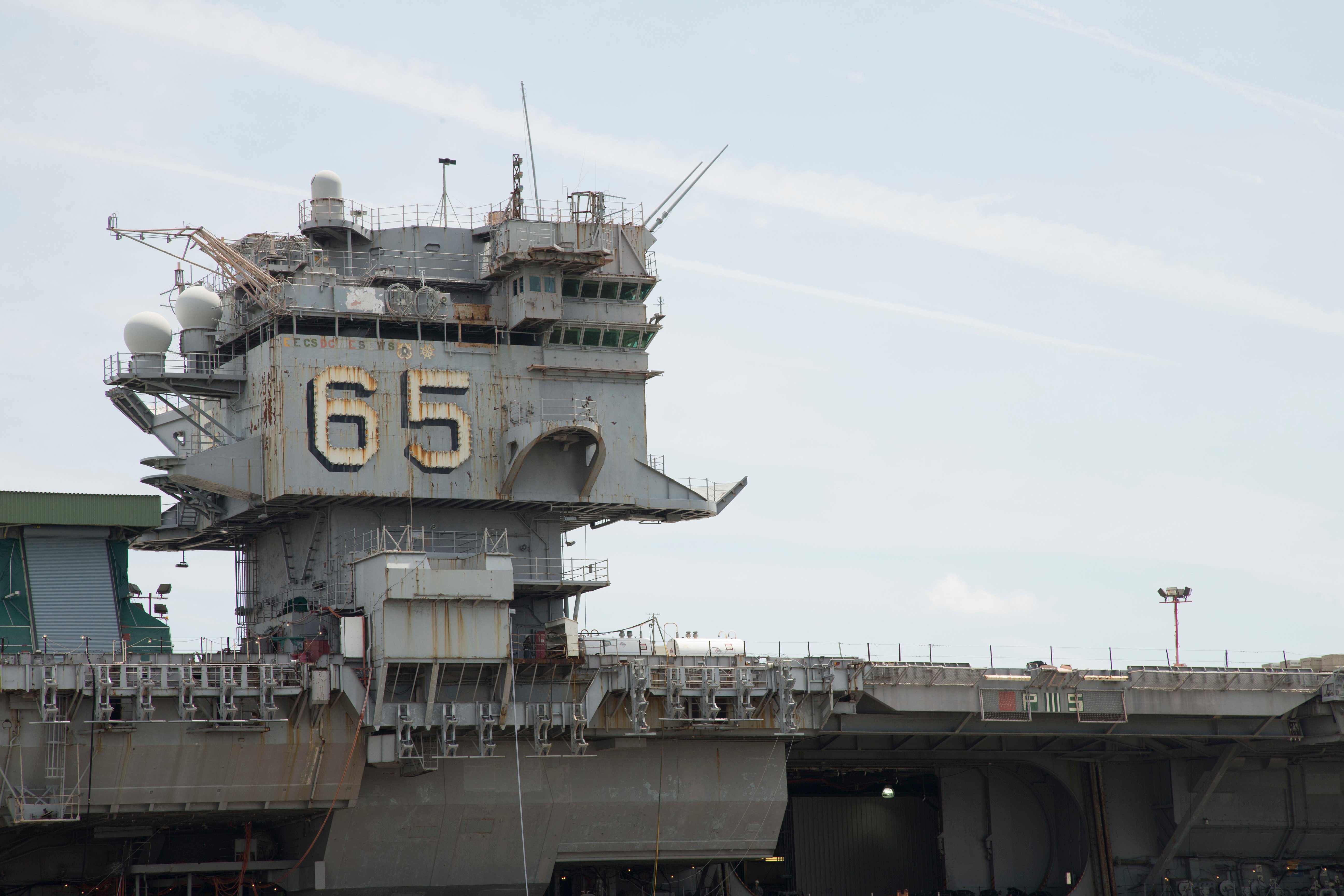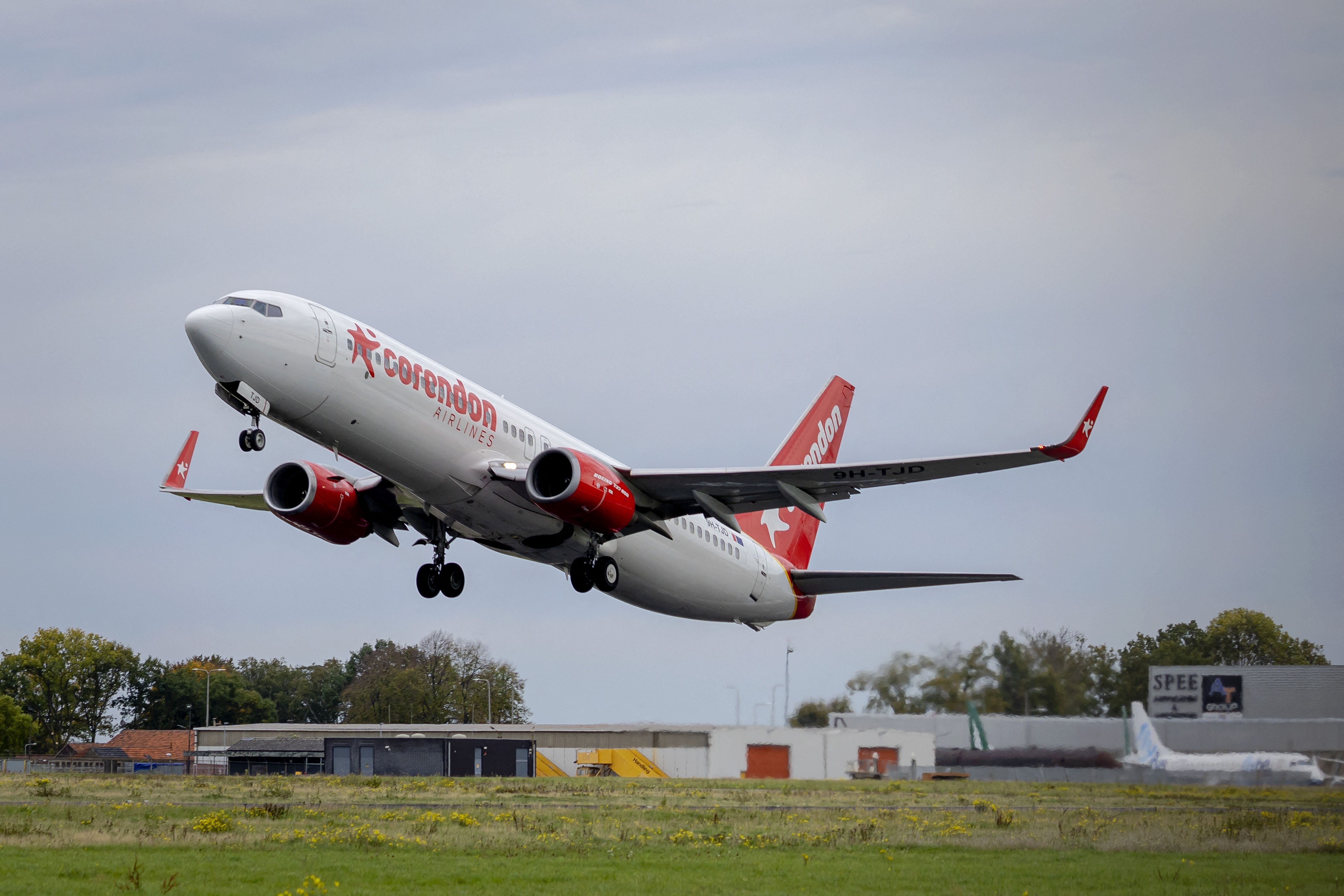Long Range Single Piston Aircraft - This type of plane is definitely a modern way to do things and offers a proper interpretation as such, which makes it a good pick when it comes to good avionics. It's nice to fly in comfort, and the Citation definitely has comfort.
The Stationair is one of only two high-wing planes to make the list. Cessna markets the six-seater as a workhorse and a heavy hauler. It boasts a useful load of almost 1,600 pounds. The Stationair family has been around since 1962 and is a popular choice for bush planes.
Long Range Single Piston Aircraft

1. The Cessna 400. Is 3blade Air Plane is the 2nd fastest fixed Gear Air Craft top speed in knots is 235 knots too.is the number 2 Plane in line too. We know what you are going to say.
Piper M
The Piper M350 is a business class aircraft complete with a pressurized cabin, and with a price tag of $1.2 million, is out of the budget range of your typical private pilot. Perhaps the most remarkable thing about this list of remarkable planes is how very different they are from each other.
High-wing, low-wing, small bore, big bore, six-seat, four-seat...they not only took different approaches to arrive at a place of greatness, a place where pilots then and now find a plane that fits their mission but, more often than not, their personality, as well.
Few groundbreaking airplanes stand the test of time, and the M350, known previously as the Mirage and before that the Malibu, is one of them. The pressurized piston single is fast, roomy (seats for six including club seating in back), and because it's pressurized, occupants don't need cannula or oxygen masks in the flight levels.
Its tremendous range and weather-ready equipment make it the world's most advanced piston single, one with much of the capability of turboprop singles, but at a cool million less. Its G1000 avionics suite boasts safety features like synthetic vision, envelope protection and a hypoxia safety mode.
The M350 has onboard weather radar, anti-icing pneumatic boots for full flight into known icing capability, and with a ceiling of 25,000 feet, it can navigate weather more effectively and effortlessly (for pilot and passengers) than any other production piston single.

The story of the high-performance singles is a fascinating one, not only because the airplanes themselves are masterpieces of engineering and design. They are, granted, limited masterpieces, but in aviation, the word "limitation" is hard-coded into the lexicon.
1. We are losing a lot of smaller private: smaller Air Craft too! The smaller Air Craft megs are going out of Business too.There less Air Craft Megs are smaller co ,Corp I.N.C Co"s too. going out of Business too.Do you Agree!!! Sir? Or Mam? What does public say about
this? We like to know your option!!! You're right. But it's also a single-engine piston plane. So, even if it's a bit of an outlier, it meets the parameters of this list. The turbo-charged M350 is all about luxury and sophistication, with comfortable interiors that meet the expectations of even the most spoiled executives.
This is definitely a historic aircraft, which can be very nice for collectors and enthusiasts. It does lack some of the modern comforts, but at the same time, it makes up for that with charming nostalgia and ingenuity.
The Stinson 108 is a unique kind of aircraft which does things a little differently, and has been in active service since the 1940's. However, it has also gained a cult-like devotion from fans, which is strange considering the design is very reminiscent of the time.
Plane and Pilot builds on more than 50 years of serving pilots and owners of aircraft with the goal of empowering our readers to improve their knowledge and enthusiasm for aviation. Plane and Pilot expands upon the vast base of knowledge and experience from aviation's most reputable influencers to inspire, educate, entertain and inform.
We left off some planes, too. Why no Ryan/North American Navion? North American/Rockwell/ Commander Aircraft Commander 114? The Diamond DA-40? The Meyers 200? The Socata Trinidad? All are possible inclusions that we left out, some quite reluctantly.

The Diamond DA40 has an impressive safety record, making it a top-notch choice for civilian and military flight schools. Diamond is based in Austria, but also manufactures planes in Canada for the North American market. You can tell a DA40 by its diminutive size and T-Tail.
It also has a unique all-composite airframe. It's not just that these planes are cool, and they are, but also that they tell a tale of how airplane builders saw their customers both as pilots and as people, and how that perspective drove their design decisions.
It's the story of how these designers worked within the current boundaries of the state of technology in terms of propulsion, materials and electronics, to create a plane that met the then-new needs of a new breed of pilot.
It's also a tale of manufacturers' evolving understanding of what pilots wanted, tempered as always by what plane makers and regulators believed that pilots could and should be allowed to handle. While the answers to these questions have changed over time, the questions themselves haven't.
The Piper M350, with its twin-turbocharged piston engine, is a perfect choice for a private plane. Its pressurized cabin allows for a cruising altitude of up to 25,000 feet, and it's certainly one of the swifter single-engine planes.
It retains the classic streamlined Mooney shape and signature tail profile with its vertical leading edge. Updates include doors on each side of the fuselage, improved visibility, and composite materials to reduce weight. Sure, the Ovation Ultra isn't as fast as the Acclaim Ultra, but 197 knots is nothing to laugh at.
While the plane has evolved over the years, the basic design has remained relatively unchanged. Simply put, Cessna nailed it from the get go — a big, stable four-seater that's comfortable, capable and relatively easy to work on.

We're talking turbocharged engines, airbags, oxygen systems, remote keyless entry, and even a parachute—not for passengers, but for the entire airplane. If you're looking for a single-engine aircraft with all the best features, the Cirrus SR22T is for you.
The most recent evolution of the Acclaim is the M20V or Acclaim Ultra. It debuted in 2016. In aviation, there are no shortcuts for speed. It's aerodynamics and horsepower, and the Acclaim excels in both categories with a sleek and sexy design and a turbocharged Continental TSIO-550-G engine cranking out 280 ponies.
The Ovation Ultra is the fastest normally aspirated single-engine piston plane on the market right now. Mooney's Ovation lineup has been around for more than 20 years, and the Ultra, or M20U, is the most recent evolution, released in 2016.
This is definitely one of those models that puts an emphasis on being small, but pretty tough. It has a lot of power wrapped up within the frame of the plane. It's a good, reliable little get-around.
The Cessna 172 may not be the sexiest airplane in existence, but it's the most-produced aircraft for a very good reason. It's a reliable plane, and many pilots will already be familiar with its controls, as it's a popular trainer at flight schools.
The Cirrus SR Series is unique in several ways. It uses a side stick as opposed to a traditional yoke, and the plane comes with its own parachute. As of February 2020, the Cirrus Airplane Parachute System had been deployed 95 times and saved 192 passengers.
The Acclaim is one of two existing models in Mooney's long-running M20 family of aircraft. The M20 series debuted in 1955 with the M20A and has been putting smiles on pilot's faces ever since. The manufacturer has sold more than 11,000 units, leaving little doubt that Mooney knows how to build speed without sacrificing dependability.

The Cirrus SR20 cruises comfortably at 155 knots. Sure, in the world of aviation, this is not exactly blazing speed. Heck, even by Cirrus standards this is relatively modest. But keep in mind, the aviation industry is small.
There aren't dozens of single-engine airplanes to choose from and a dealership in every suburb. There's not a lot of competition. So, congratulations, Cirrus SR20 you made the cut. When it comes to safety, the DA40 NG (the "NG" stands for "next generation") is just about the best single-engine plane to own.
It's perfect for a first airplane, and boasts exceptional handling that'll make you feel like you're in complete control. This is an interesting aircraft, simply because it has been defined over the years as the plane for pilots.
It was designed to compete directly with Cessna, who controlled the market back in the 1970s. Option number eight on the list is this one, the Cirrus Vision Jet. It is one of the smaller options available, but it's incredibly powerful.
It is a private jet with a single engine system, powered by an FJ33-5A turbofan engine, which is capable of creating at least 18,000lbs of thrust. New to this year's Plane & Pilot Buyer's Guide are a couple of airplanes that are major updates of existing singles, as well as an all-new, newly Part 23-certified model by CubCrafters.
The product that continues to dominate the market is the Cirrus SR22 G6, which this year boasts its best panel yet, the updated G1000 NXi. Despite relatively low levels of sales against historic figures, the number of different options for potential buyers of singles remains impressive.
You can get anything from a 120-knot taildragger with big tires to a pressurized six-place screamer, and most everything else in between. Here's our selection of the leading piston singles on the market. A commercial pilot, editor-in-chief Isabel Goyer has been flying for more than 40 years, with hundreds of different aircraft in her logbook and thousands of hours.

An award-winning aviation writer, photographer and editor, Ms. Goyer led teams at Sport Pilot, Air Progress and Flying before coming to Plane & Pilot in 2015. The jet features a comfortable cabin for passengers, and a Garmin g3000 avionics system.
Owing to its smaller size, it can also be flown by just one pilot, which is helpful. The interior is plenty big enough for nine passengers, and features a lavatory, Wi-Fi, LED lighting, and six different themes for interior design.
Ultimately, it does provide a very unique and interesting experience, which is nice. It was an attempt to stake a claim in the performance world and try to keep Cirrus from eating Cessna's lunch. The high-performance, turbo-charged single lasted about 10 years before Cessna discontinued it in 2018 due to dismal sales.
The Cessna lineup of piston planes is about utility and stability. Speed is more of an afterthought. Nevertheless, the Turbo Stationair HD cruises along at a respectable 161 knots. That type of speed won't peel the paint from the fuselage, but it's not bad either.
Besides, if you wanted speed, you'd buy a Mooney. None of these are fast single engine propeller aircraft. Anything below 217knots (250mph) aren't fast but are just faster than average aircraft. Now how about some far closer to 260knots (300mpg) realm of speed.
Like Socata TBM 900, Pilatus PC-12NGX, Beechcraft Denali, Epic E1000 and Piper Meridian.
long range single engine aircraft, best single piston aircraft, best single engine piston aircraft, most popular single engine planes, range of single engine plane, high performance single engine aircraft, best single engine aircraft, longest range single pilot plane

